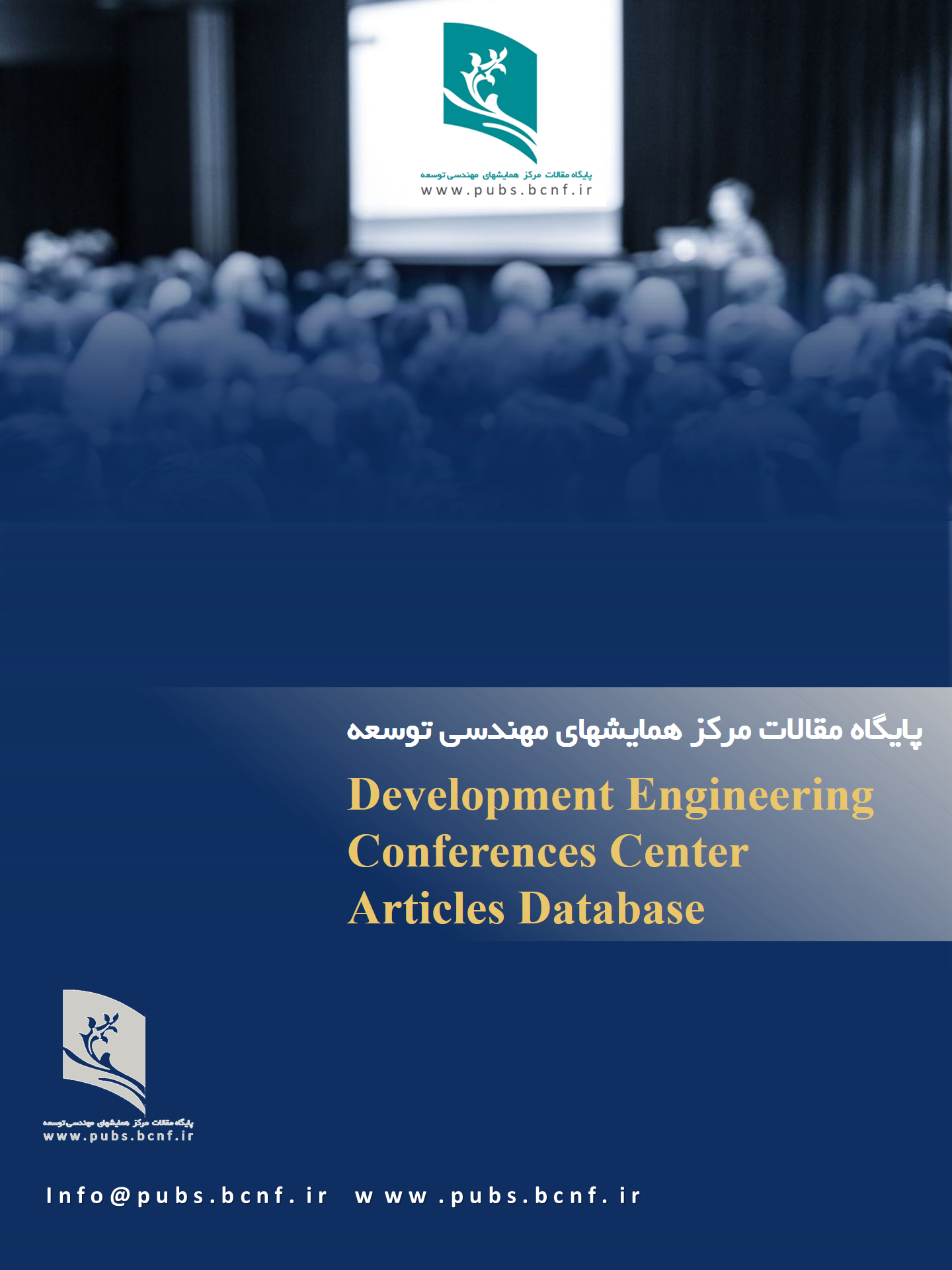Optimization of TIG welding process using response surface methodology and simulated annealing algorithm
کلمات کلیدی:
Tungsten inert gas (TIG) welding process, (Central composite design (CCD, Multi-criteria Optimization, analysis of variance (ANOVA), Simulated annealing (SA) algorithmچکیده
This study addresses a modeling and optimization procedure in tungsten inert gas (TIG) welding of AL5052 alloy. Experimental required data for modeling and optimization purposes gathered using central composite design (CCD). Welding current (I), frequency (F), welding speed (S) and gap (G) are the most important parameters in TIG welding process. The weld bead geometry (WBG) and heat affected zone (HAZ) considered as the most important quality measures of the welding process. Image processing technique is used to take accurate measurements of WBGs and HAZs. In order to determine the relationship between input and output parameters based on regression models, the response surface methodology (RSM) has been used. The significance of the process parameters on the quality characteristics of the process was also evaluated quantitatively using the analysis of variance (ANOVA) method. Next, simulated annealing (SA) algorithm has been used to optimize HAZ and WBG separately (single-objective optimization) and simultaneously (multi- objective optimization). The results based on the analysis of RSM has also been compared with the optimized results using SA algorithm. Verification tests demonstrate that the proposed RSM-SA approach is quite efficient in single and multi-criteria modeling and optimization of TIG welding process.
دانلودها
مراجع
[1] Kumar, A., Sundarrajan, S. (2009). Optimization of pulsed TIG welding process parameters on mechanical properties of AA 5456 Aluminum alloy weldments, Materials and Design. 30 1288–1297.
[2] Kumar, A., Paulraj, S.S. (2015). Multi-response optimization of process parameters for TIG welding of Incoloy 800HT by Taguchi grey relational analysis, Engineering Science and Technology, an International Journal, 25 112-122.
[3] Cunha, T.V., Voigt, A. L., Bohórquez, C.E. (2016). Comparison of microstructure and mechanical properties of TIG and laser welding joints of a new Al–Zn–Mg–Cu alloy, Journal of Materials Processing Technology. 231 449–455.
[4] Dutta, P., Pratihar, D.K. (2007). Modeling of TIG welding process using conventional regression analysis and neural network-based approaches, Journal of Materials Processing Technology. 184 (3), 56–68.
[5] Nagesh, D.S., Datta, G.L. (2010). Genetic algorithm for optimization of welding variables for height to width ratio and application of ANN for prediction of bead geometry for tig welding process, Applied Soft Computing, 10 (3), 897–907.
[6] Ghelichi, R., MacDonald, D., Bagherifard, S., Jahed, H., Guagliano, M., Jodoin, B. (2012). Microstructure and fatigue behavior of cold spray coated Al5052, Acta Materialia, 60, 6555–6561.
[7] Correia, D. S., Gonçalves, C.V., Cunha, S.S., Ferraresi, V.A. (2005). Comparison between genetic algorithms and response surface methodology in GMAW welding optimization, Journal of Materials Processing Technology. 160, 70–76.
[8] Senthilkumar, B., Kannan, T., (2015). Effect of flux cored arc welding process parameters on bead geometry in super duplex stainless steel claddings. Measurement. 62, 127-136.
[9] Chong, S.S., Aziz, A.R.A., Harun, S.W., Arof, H., Shamshirband, S. (2015). Application of Multiple Linear Regression, Central Composite Design, and ANFIS models in Dye concentration Measurement and Prediction Using Plastic Optical Fiber Sensor, Measurement. 10, doi: http://dx.doi.org/10.1016/j.measurement. 2015.06.019.
[10] Kolahan, F., Golmezerji, R., and Azadi Moghaddam, M., (2012), Multi Objective Optimization of Turning Process using Grey Relational Analysis and Simulated Annealing Algorithm, Applied Mechanics and Materials, pp. 2926-2932.
[11] Kolahan, F., and Azadi Moghaddam M (2015). The use of Taguchi method with grey relational analysis to optimize the EDM process parameters with multiple quality characteristics. Scientia Iranica B 22(2), 530-538.
Gelatt, K.J., Vecchi, D.D. Optimization by simulated annealing, Science, (1983), 671–680.



